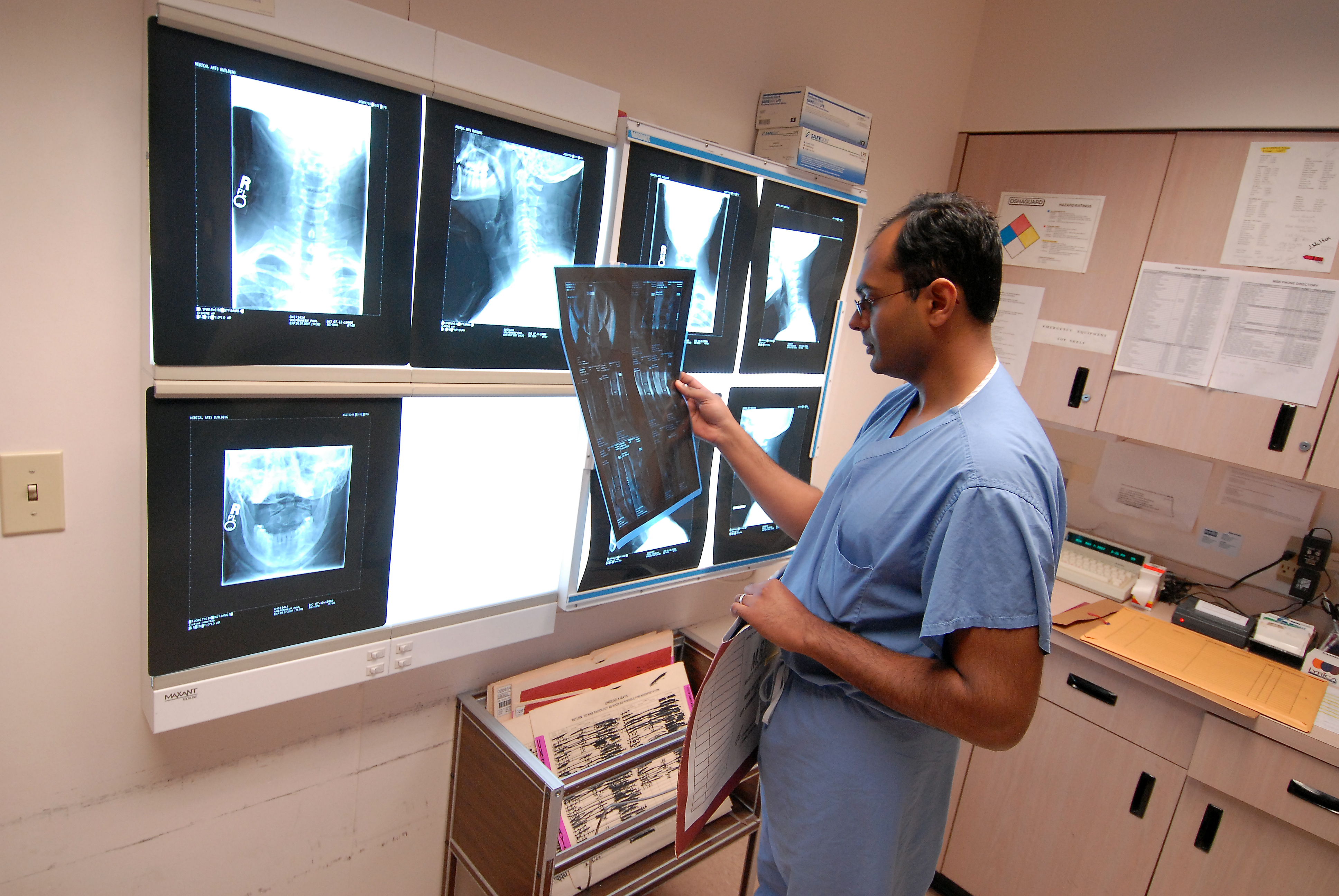The Latest Developments by the Best Spine Surgeons in St Louis MO
The Latest Developments by the Best Spine Surgeons in St Louis MO
Blog Article
An Introduction of Spine Problems That Commonly Lead To Surgical Therapies
Back problems such as herniated discs, spine stenosis, and degenerative disc illness frequently require medical treatments when conservative treatments stop working to minimize consistent symptoms. Recognizing the subtleties of each condition and the matching surgical alternatives, such as discectomy or spine fusion, is essential for reliable administration.
Herniated Discs
Although numerous people with herniated discs may discover relief through conservative treatments, surgery becomes an essential consideration when signs continue or get worse - best spine surgeons in st louis mo. A herniated disc happens when the soft internal gel of a spinal disc extends via its outer layer, potentially leading and compressing neighboring nerves to pain, pins and needles, or weakness in the extremities
Conventional monitoring typically includes physical treatment, discomfort medicines, and corticosteroid injections, which intend to reduce swelling and enhance feature. In cases where these methods fall short to ease debilitating symptoms, medical choices might be checked out.
One of the most common surgery for herniated discs is a discectomy, which includes the removal of the herniated portion of the disc to relieve stress on the affected nerve origin. In much more severe instances, back fusion may be required to maintain the affected vertebrae.
People are encouraged to discuss the possible risks and advantages of surgery with their health care copyright to make an educated choice. Inevitably, the objective of any type of medical intervention is to recover function, minimize discomfort, and enhance total quality of life for individuals experiencing herniated discs.
Spinal Constriction
Spinal stenosis occurs when the spaces within the spine narrow, leading to raised stress on the spinal cable and nerves. This condition can establish in different regions of the spine, including the cervical and back locations, commonly due to age-related adjustments, such as degenerative disc condition, arthritis, or enlarging of ligaments.
Clients with spine constriction may provide with symptoms that consist of discomfort, pins and needles, tingling, or weakness, mostly in the arms or legs. These symptoms can be intensified by tasks that involve standing or walking, usually leading individuals to seek alleviation via conservative treatments like physical treatment, medications, or epidural steroid injections.
However, when these non-surgical treatments stop working to give adequate relief, medical choices might be thought about. Usual medical procedures for back stenosis include laminectomy, which involves the removal of part of the vertebra to minimize pressure, and back blend, which stabilizes the afflicted area.
Spondylolisthesis
Spondylolisthesis takes place when one vertebra slips onward over an additional, causing imbalance of the back. This condition can arise from various factors, including congenital problems, trauma, or degenerative modifications in the spine. It is most typically observed in the back area, specifically at the L4-L5 and L5-S1 degrees.

When non-surgical approaches stop working to eliminate signs or when significant nerve compression is present, medical treatment might be required. Surgical options can include spine combination or decompression treatments, aimed at bring back placement and alleviating neurological signs.
Degenerative Disc Condition

People with DDD typically experience discomfort that might emit to the legs or arms, relying on the affected region of the spinal column. The condition can be identified via a combination of scientific analysis, imaging researches, and client history. Treatment choices typically begin with traditional actions, including physical treatment, pain monitoring, and way of living modifications. When these approaches fail to provide ample relief, medical interventions might be taken into consideration.
Surgical choices for DDD may include back combination or fabricated disc substitute, intended at stabilizing the influenced sector and easing pain (best spine surgeons in st louis mo). Ultimately, the selection of treatment is embellished, considering the extent of the condition, patient health, and way of life variables
Back Tumors

Spinal growths can develop from different aspects, consisting of genetic predisposition, environmental influences, and pre-existing clinical conditions. Individuals may offer with a range of signs and symptoms, including localized discomfort, neurological shortages, weakness, or modifications in digestive tract and bladder function, depending on the growth's size and location.
Medical diagnosis typically entails imaging researches such as MRI or CT checks, which assist mark the tumor's attributes and effect on bordering frameworks. In assessing therapy options, the lump's grade, kind, and location are vital factors to consider. Surgical intervention look at this web-site may be required to ease signs, get a biopsy, or eliminate the growth entirely. The objective of surgery is usually to unwind neural elements and maintain the spine. Adjuvant therapies, including radiation or chemotherapy, might also be essential depending upon the growth's nature. Early detection and treatment are vital for enhancing outcomes in individuals with spinal growths.
Conclusion
In summary, spine conditions such as herniated discs, back stenosis, spondylolisthesis, degenerative disc illness, and spine tumors frequently require surgical treatment due to their prospective to trigger considerable pain and functional disability. While conservative treatments may provide temporary alleviation, surgical choices end up being essential when signs and symptoms intensify or continue. Prompt diagnosis and treatment play an important function in bring back function and improving the lifestyle for afflicted people, highlighting the importance of detailed spinal care.

Report this page